

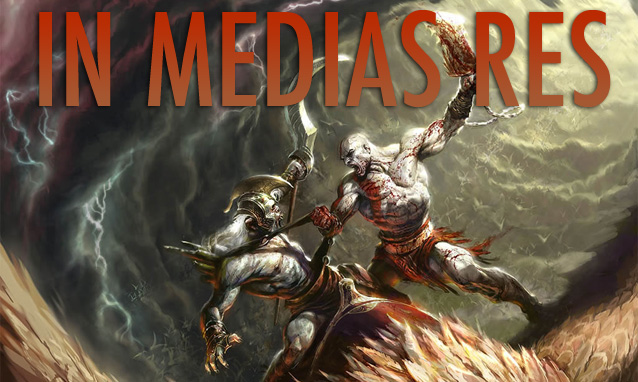
Back in the day, when survival horror favourite and critical darling Silent Hill 2 came out, new, fans were irked by the slow pace of the first half hour. It took the game some time to get going, the player first stumbling down a slippery back road down into the eponymous town through a foggy forest. Nothing really happened, and it took the game a while to get into grotesque-monster-bashing mode. Team Silent listened to the fans, and the next installment in the series just threw the player right into the action without further ado.
However, regardless of Silent Hill 2’s slow beginning serving the overall mood of the game, there is a point here that is becoming ever more crucial to single player games of late. They tend to take forever to really get into gear. Take the latest Zelda or GTA titles. Before the player gets to do the things usually done in those franchises, there are now literally hours of tutorial and prelude missions to be accomplished. Another bad offender here are Bethesda’s roleplaying games, which now all integrate character creation with a lengthy opening mission.
While those elongated preludes may be catering to a potential crowd of player that never played a game like this before, they tend to bore those people familiar with the games. And even worse, these kinds of slow beginnings tend to serve as a huge barrier for any attempts at re-playing. At least speaking from personal experience.
Modern games, especially those that run longer than six hours, tend to have this problem. They take just too long to really get going for whatever reason. The worst offenders in this case are those games that just can’t quit their tutorials. The Metroid games are a very strong example of how to do things right. Throw the player right into the action, show how all central mechanics work within a short, dense period of game-time, and only THEN let the slow opening up of the world start, with the player already knowing all the essentials so that the focus can immediately be on pure gameplay and as little explanation as possible.
As a narrative technique, this is known as “in medias res”. This approach to things gets all the annoying tutorial and introductory stuff out of the way as fast as possible. I found it unbearably dull for GTA IV to throw tutorial missions at me almost halfway through the game. Bonus points go to those games that incorporate an introduction level cleverly into the whole narrative.
It really is a no-brainer. When buying a huge, expansive RPG, I want to get to the huge expansive part as fast as possible and not be confined to some small space that forces me to master the chicken herding game and befriend all the villagers before the meat of the game is available. This is not to say that slow beginnings have no place in games at all. In my opinion, Silent Hill 2’s slow beginning was perfect for that particular game. But most of the time games just take too damn long to get off the ground, which isn’t something that should happen in such a fast paced medium.

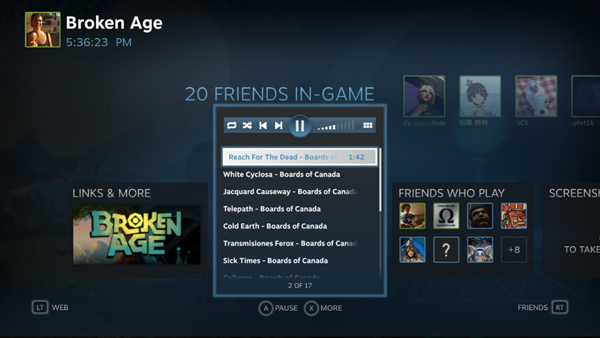


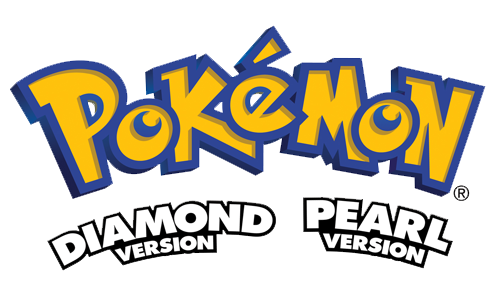 Pokemon Diamond Guide
Pokemon Diamond Guide Dragon Age II: A Revolutionary RPG in the Making
Dragon Age II: A Revolutionary RPG in the Making Fallout 4: How to Get Unlimited Adhesive
Fallout 4: How to Get Unlimited Adhesive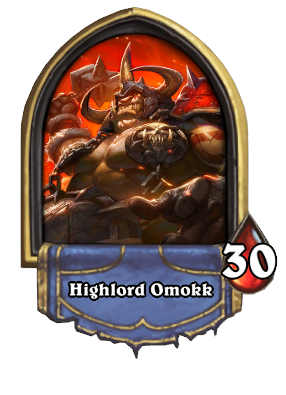 Hearthstone Blackrock Mountain Heroic Guide: Highlord Omokk, General Drakkisath, Rend Blackhand
Hearthstone Blackrock Mountain Heroic Guide: Highlord Omokk, General Drakkisath, Rend Blackhand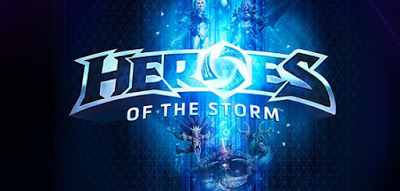 Heroes of the Storm - Hero Roles guide
Heroes of the Storm - Hero Roles guide